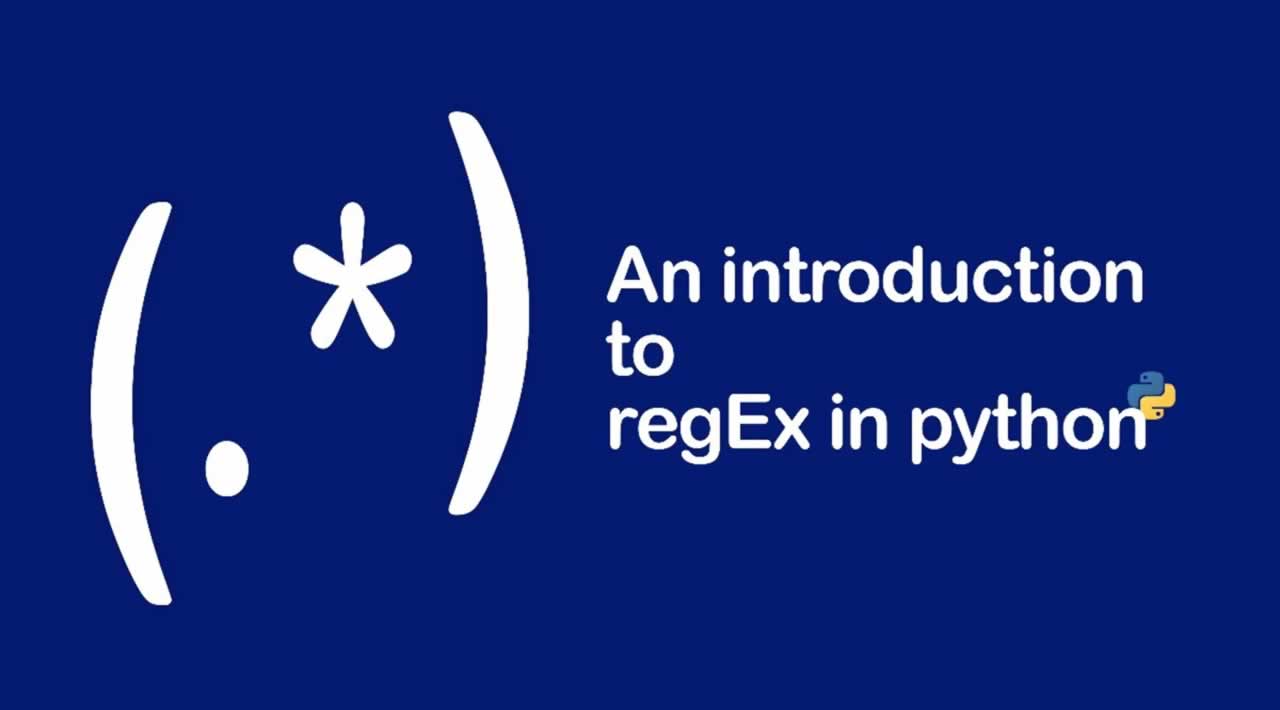

If we want to remove that specific character, we can replace that character with an empty string. Syntax of re.sub () re.
PYTHON REPLACE REGEX HOW TO
While i > ReplWrapper(REPL_DICT). Using str.replace (), we can replace a specific character. To understand how to use the re.sub () for regex replacement, we first need to understand its syntax. # Use 'i' as the index within 'all_groups' and 'j' as the main Return next(islice(self.repl_ems(), pos, pos + 1)) So in your case, you could make a dict trans = )' for pattern in repl_dict) Usually such patterns are used by string-searching algorithms for find or find and replace operations on strings, or for input validation. NET, Java, JavaScript, PCRE, Perl, Python, Ruby Replacement. "creator" : "Benevolent Dictator for Life", If you test your search-and-replace commands with RegexBuddy or another regex tester.

Text = "Larry Wall is the creator of Perl" The http characters in the regex match the literal characters. # For each match, look-up corresponding value in dictionary The re.sub() method will remove any URLs from the string by replacing them with empty.

The re module is built in to Python, while the regex module was developed by Matthew Barnett and. # Create a regular expression from the dictionary keys Python has two modules re and regex that facilitate working with regular expressions. In fact, that's how the Python Cookbook does it, as shown in this example (copied from ActiveState ) import re
PYTHON REPLACE REGEX CODE
The answer proposed by is valid, but I would argue less pythonic than the canonical example, which uses code less opaque than his regex manipulations and takes advantage of python's built-in data structures and anonymous function feature.Ī dictionary of translations makes sense in this context.


 0 kommentar(er)
0 kommentar(er)
